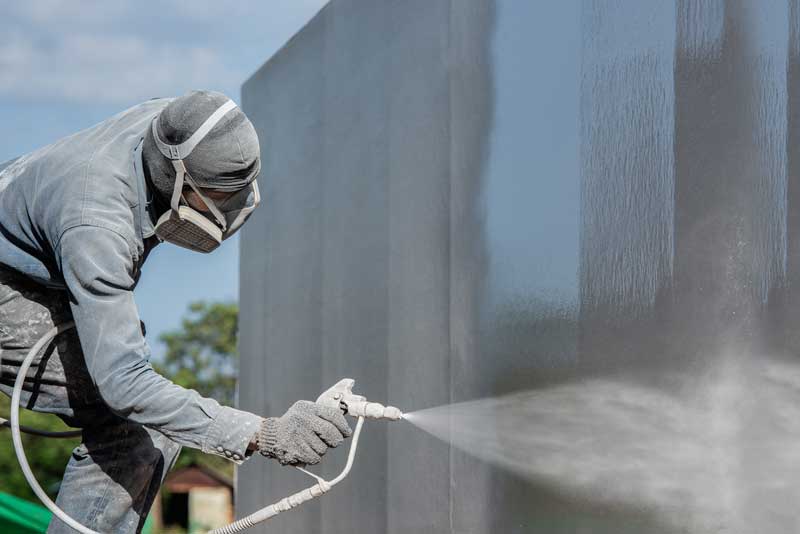Lake Erie, Lake Huron, and Lake Michigan create a surrounding of moisture for the state of Michigan, which presents challenges for the maintenance and upkeep of steel structures. What’s more, the rain and snowfall in this state can often be a lot to deal with, compounding things even further.
Because of the amount of precipitation this state sees in combination with its pervasive use of deicing agents like sodium chloride and magnesium chloride, you would think that the stage is perfectly set for rust to promptly destroy any structure made from steel.
However, there’s a lot to know about the treatment of the steel that is used in the construction of prefabricated steel buildings. This isn’t the same steel that’s used in the manufacturing of cars and street signs.
Once you grasp an understanding of how these treatments defend against rust, you begin to have more confidence in the long-term structural integrity of steel buildings in Michigan.
TODAY'S STEEL IS NOT YESTERDAY'S STEEL
It’s tempting to look at old, corrugated steel buildings that are fast succumbing to rust and think, “So, this is what happens to steel over time.” Many of these old buildings have been neglected and unattended for decades, and most of them weren’t even built using modern steel treatment techniques.
To explain just how well-defended a modern steel building in Michigan is when it comes to fending off rust, let’s explore the subject of why rust happens in the first place.
The Iron Oxide Equation
Untreated steel is formed using iron that is extracted from the Earth’s crust. In its ‘bare’ form, steel is vulnerable to a chemical process known as oxidation, or the bonding of iron atoms with oxygen atoms. Exposing bare steel to air and moisture (which Michigan has a lot of) will expedite this process.
When steel rusts, it stops being steel. It becomes iron oxide, instead, and it degrades in the process.
TREATMENTS TO THE RESCUE
If you were to erect a steel building in Michigan without any kind of treatment whatsoever, it would be a matter of days before you’d start to see signs of rust forming. Within a few months, the rust might become bad enough to significantly compromise the integrity of the structure.
To prevent this, two critical treatments are applied to steel immediately after it is forged, extruded, punched, or pressed: galvanizing and painting.

The galvanizing process involves coating the steel with a layer of zinc. This can either be done in a ‘hot-dip’ process or via electro-galvanization, which uses an electrical current to coat the steel.
The result is a piece of steel that has a sacrificial coating of zinc on every surface. Over time, the zinc is what falls prey to oxidation, not the steel.
Painting is the second line of defense against rust. Typically, a polyester or acrylic-based paint will be sprayed and baked onto the steel after the galvanization process is complete. And, because this paint can be custom-colored, the look of the steel can suit almost any architectural application.
ONGOING PROTECTION
Galvanization and painting do go a long way in protecting steel buildings in Michigan from rusting. However, it’s important to remember that any damage to the treated steel can compromise these coatings, revealing the vulnerable steel underneath.
So, it’s crucial to pay attention to areas where steel has been physically damaged over time. Doing so will help to extend the life of any steel structure, no matter where it’s located. Now we can definitively answer the question: Will a steel building rust in Michigan?
Yes. Yes, it will give enough time. However, a properly treated and constructed steel building will last decades if it is given enough ongoing TLC and proper protection during the manufacturing process.
Have questions about steel buildings? CSI has the answers! Get in touch with us today and give us your toughest steel building inquiries!


